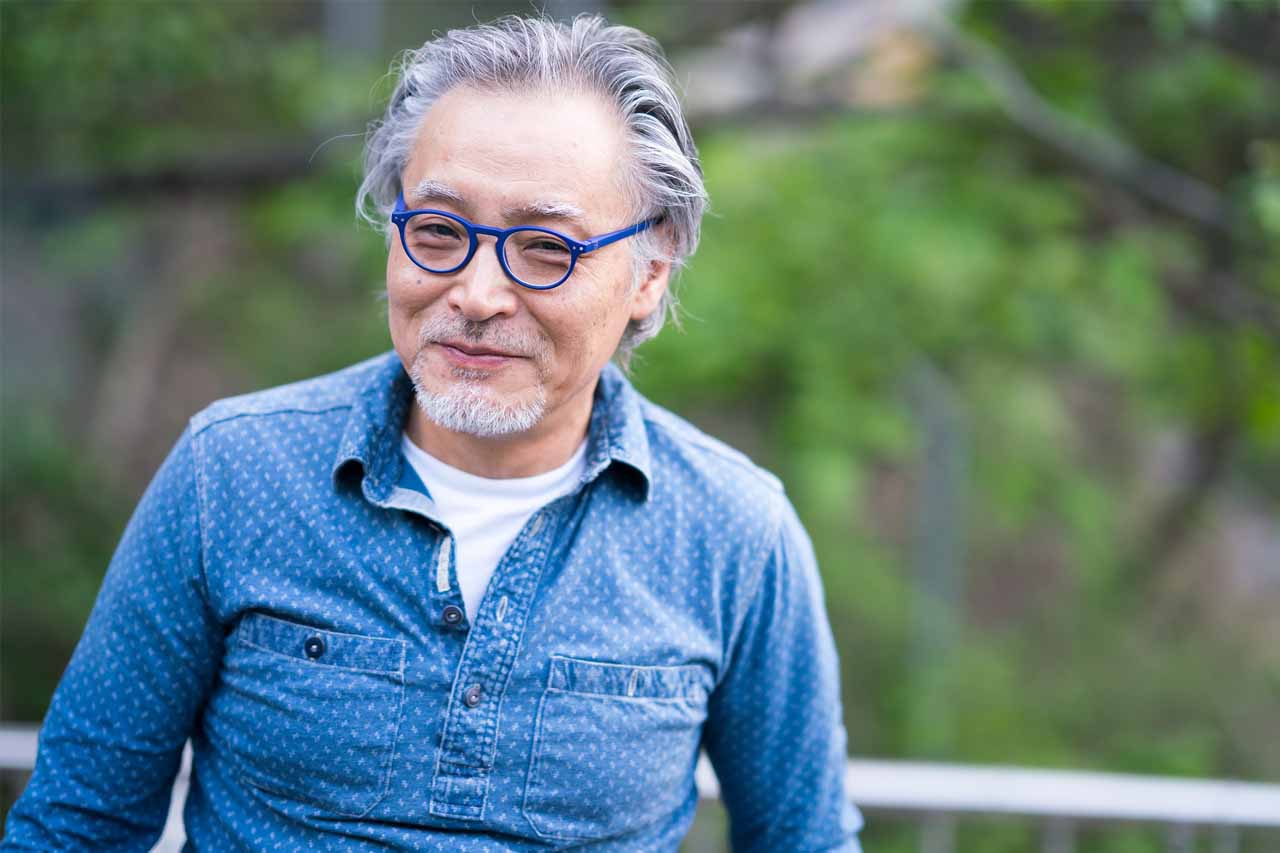Why AMD Patients Need 2 Doctors
 Central vision is an important element of your overall vision, allowing you to see images and objects as you look straight ahead. This function affects your ability to read books, drive a car, watch TV, or recognize faces of the people you love. For patients with Macular Degeneration, these everyday functions become difficult.
Central vision is an important element of your overall vision, allowing you to see images and objects as you look straight ahead. This function affects your ability to read books, drive a car, watch TV, or recognize faces of the people you love. For patients with Macular Degeneration, these everyday functions become difficult.
Treatment For Age-Related Macular Degeneration
While there is no cure for AMD, there are some things you can do – together with your doctors – to lower the risk of the disease causing further vision loss.
For the most effective treatment, patients should visit 2 doctors: one to treat the medical condition itself and one to manage the patient’s vision.
Why 2 Doctors?
Since Age-Related Macular Degeneration is an eye disease, visiting a medical doctor is necessary. Just like going to your family doctor for an illness or injury, proper medical care for your eyes is critical. One doctor treats the medical condition by lowering the risk of AMD from worsening, while a Low Vision doctor enhances the patient’s remaining vision.
What Medical Care Involves
 Medical care from your eye doctor typically includes monitoring your blood pressure, since high BP can negatively impact the many blood vessels in the eye. Your doctor can also help you quit smoking. This is important because smoking increases the risk of developing AMD between 2-5 times!
Medical care from your eye doctor typically includes monitoring your blood pressure, since high BP can negatively impact the many blood vessels in the eye. Your doctor can also help you quit smoking. This is important because smoking increases the risk of developing AMD between 2-5 times!
Improving your diet is something your doctor can assist with, as well. Foods rich in zinc and antioxidants have been shown to protect against and slow down the progression of AMD. Daily nutritional supplements are known to aid in slowing down the disease. Look for those which include high amounts of Vitamin C, Vitamin E, Lutein, Zeaxanthin, Zinc, and Copper.
For more severe cases of AMD, the doctor may suggest treatments such as laser surgery, injecting light-sensitive dyes, or AMD medication, which is injected directly into the eye. These options can suppress the growth of abnormal blood vessels, which is what causes the wet form of Macular Degeneration to develop.
What Low Vision Care Involves
A Low Vision doctor helps optimize your remaining vision with devices like low vision glasses, like telescopes, microscopes and other magnification devices. These aids can enlarge images so that you can see them in greater detail. Some aids are placed on special glasses to allow you to drive, read, write, or use a computer with sharper, clearer vision. Others can magnify images in your direct line of vision, allowing you to recognize facial details with clarity.
Dr. Richard Shuldiner’s goal is to use your remaining vision to enable you to do the things you enjoy. If AMD makes it difficult for you to read books, drive to shop or run errands, enjoy screen time on your computer or smartphone, and spend time with friends or family, we can help. The staff at Low Vision Optometry of Southern California can recommend the best visual aids and devices for you.
Symptoms
 Patients may show signs of AMD without even knowing it, until more noticeable symptoms develop, such as deteriorating vision.
Patients may show signs of AMD without even knowing it, until more noticeable symptoms develop, such as deteriorating vision.
The most frequent signs of AMD include:
- Blind spots
- Blurry or cloudy vision
- Distorted images
- Fuzzy-looking vision
- Shadows or dark spots on an image or object
If you or a loved is showing any of these signs – even in mild form – speak to Dr. Richard Shuldiner immediately. The earlier AMD is diagnosed, the sooner it can be managed.
If you have any questions or concerns, speak with our staff at Low Vision Optometry of Southern California and schedule a consultation. Let us help enhance your central vision and help you find the best way to enjoy a better quality of life.
